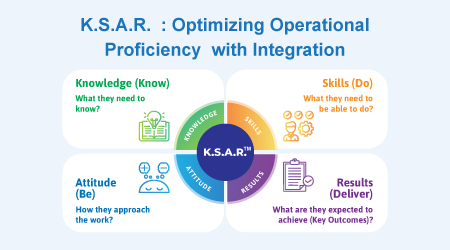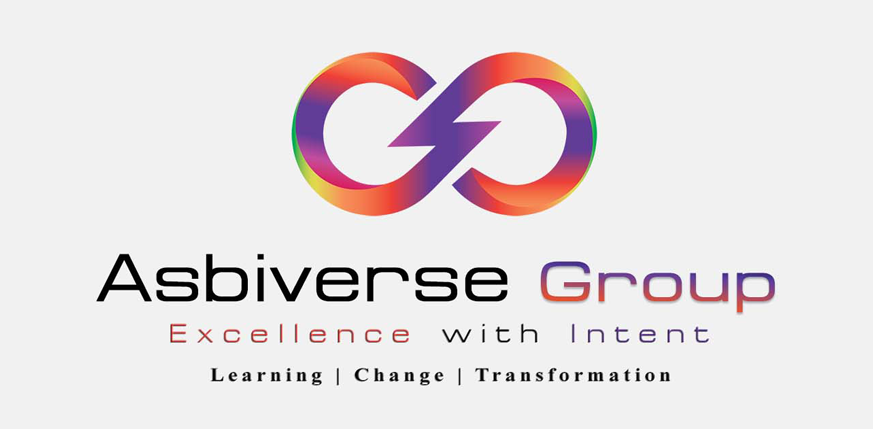Some Clients Serviced by Asbiverse Group
Three Critical Questions for Transformation Success
A Transformation/Change/Learning initiative is considered a success if a high level of Absorption, Adoption and Application of desired capabilities takes place. However:
- Only 12% of learners apply new skills from training to their jobs
- 70% of strategic initiatives fail to achieve intended outcomes
- 90% of training programs fail to create lasting behavioural change
- 85% of change management efforts don’t meet their objectives
- 70% of digital transformation projects fail
Asbiverse Group believes these challenges can be addressed by asking three critical questions when working on a Transformation program:
Question 1: Are we just transferring Knowledge or building Competence?
Most Transformation/Change/Learning programs focus mainly on creating and transferring new Knowledge rather than focusing on building overall Competence which is critical for strong Adoption of desired Transformation. Competence is defined as a combination of:
- Knowledge
- Skills
- Attitude
- Results (Clear understanding of)
Asbiverse Group intervention: The K.S.A.R.™ pillar (The WHAT) of Asbiverse Group’s ASB Excellence Intelligence™ methodology provides a structured competency development framework including the required interactions between the four components of Knowledge (K), Skills (S), Attitude (A) and Results (R) to build comprehensive Competence.

Question 2: How to ensure a strong Adoption and Application Intent of desired Transformation from the target audience?
A Transformation/Change/Learning or other initiative might have the best Competency structure but until there is a strong enough Intent amongst the target audience for Adoption and Application, the chances of success are minimal. This is a key contributor to why Transformation programs fail.
Asbiverse Group intervention: The Intentonomics® pillar (The WHY) of Asbiverse Group’s ASB Excellence Intelligence™ methodology provides a structured framework using the O.R.B.I.T. Principle™ to measure Intent of target audience against any planned initiative. This allows for Intent Gaps identification in a structured way to allow for initiative refinement which increases the chances of initiative’s success and is a key driver of Asbiverse Group’s core focus “Bridging the Intent Gap (The Knowing-Doing Gap)”.

Question 3: How to ensure Transformation/Change/Learning or other initiative is delivered in a way that allows for easy Absorption, Adoption and Application of desired Transformation?
A strong Competency framework refined with the best Intent driving inputs might still face an Adoption hurdle if it is not delivered in a way that allows for easy Absorption of concepts. Historically, many organisations use Pedagogy (The Science of how Children learn) as the foundation for Instructional Design for delivery of these concepts. This is fundamentally flawed as there is a huge difference between the way Children learn and the way in which Adults learn.
Asbiverse Group intervention: The PIFFLE® pillar (The HOW) of Asbiverse Group’s ASB Excellence Intelligence™ methodology provides a structured Change Delivery framework to ensure a strong Absorption, Adoption and Application of desired Transformation. PIFFLE® uses NeuroAndragogy (The Neuroscience of how Adults learn) as the foundation for Instructional Design for delivery of these concepts.

Overall, ASB Excellence Intelligence™ enables individuals and organisations to Bridge the Intent Gap (The Knowing-Doing Gap) for Transformation success.
For more details, contact info@asbiversegroup.com

